Los Angeles is not only the entertainment capital of the world but also a city rich in history and culture. Beyond the glamorous boulevards and bustling film studios, Los Angeles preserves numerous unique historical sites that tell the story of the city’s formation and development. Let’s explore the most prominent historical sites in Los Angeles, where the past and present intertwine, offering you unforgettable travel experiences.
Explore the Proud Historical Landmarks of Los Angeles
1. El Pueblo de Los Angeles Historical Monument
El Pueblo de Los Angeles Historical Monument, also known as the “old town,” is the birthplace of Los Angeles. Founded in 1781 by 44 settlers from Mexico, this historic district is a living museum, recreating the life of the first Los Angeles residents.
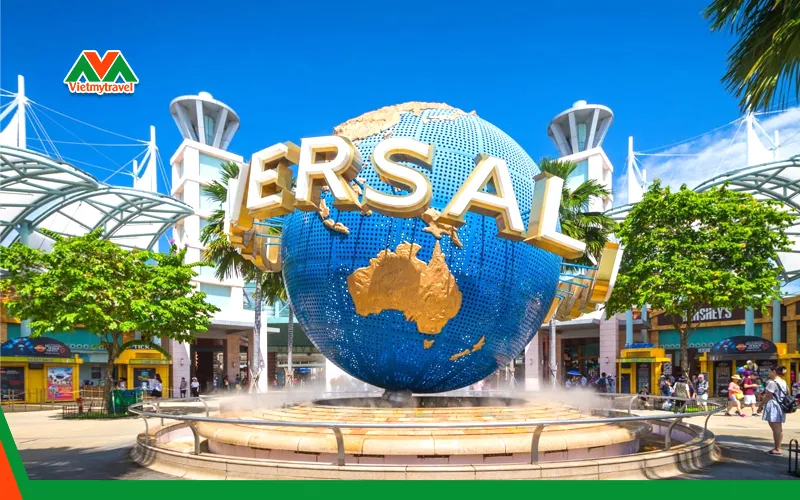
Here, you can visit ancient architectural works such as Avila Adobe, the oldest surviving house in Los Angeles, or Plaza Church, an important religious symbol of the city. The old town also hosts many cultural events and traditional festivals, offering visitors the opportunity to immerse themselves in the vibrant atmosphere and learn about the diverse history of Los Angeles.
2. La Brea Tar Pits
La Brea Tar Pits is one of the most important archaeological sites in the world, preserving fossils of thousands of prehistoric animal species. This natural asphalt pit has existed for tens of thousands of years, attracting and trapping many different animals, from mammoths to saber-toothed tigers.
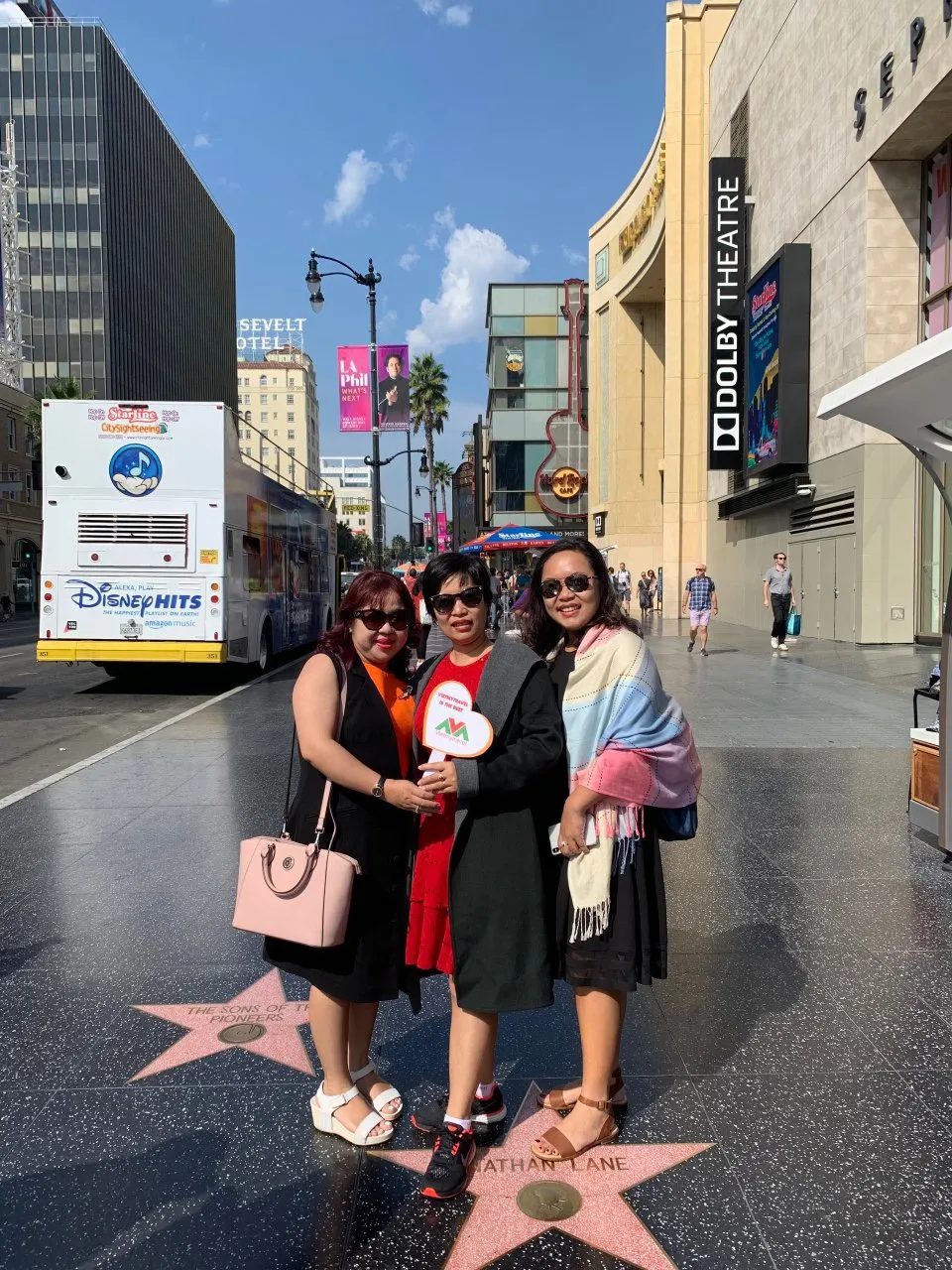
Today, La Brea Tar Pits is a unique museum where visitors can admire precious fossils and learn about the ancient ecosystem of Los Angeles. The museum also has a real excavation area, allowing visitors to observe scientists at work and discover the mysteries of the past.
3. Watts Towers
Watts Towers, also known as the Towers of Simon Rodia, is a unique art installation built by Simon Rodia, an Italian immigrant. For 33 years, Rodia single-handedly built towering spires from steel, cement, and various recycled materials such as shells, ceramic tiles, and glass bottles.
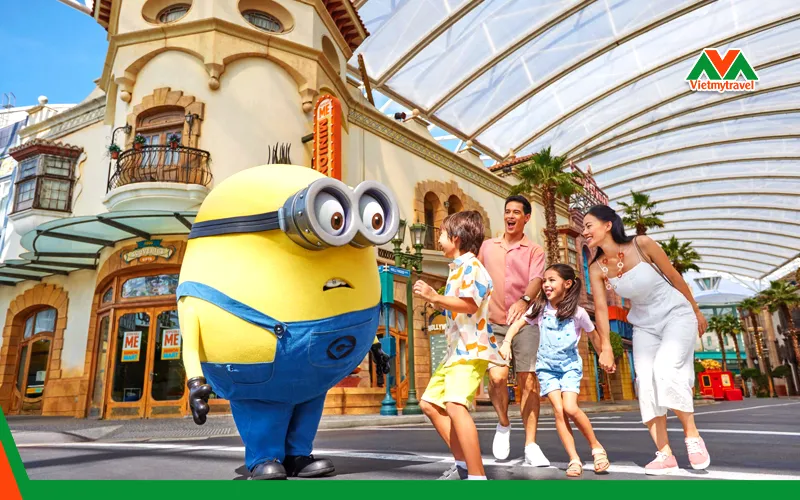
Watts Towers is not only an impressive architectural work but also a symbol of creativity, perseverance, and the passion of an artist. Today, Watts Towers is a National Historic Landmark, attracting visitors from all over the world to admire and learn about the extraordinary story of Simon Rodia.
4. Union Station
Union Station is the central railway station of Los Angeles, built in 1939. With architecture combining Art Deco, Spanish Colonial, and Streamline Moderne styles, Union Station is one of the most beautiful buildings in the city.

Not just a train station, Union Station is also a multi-purpose public space, hosting many cultural and artistic events. The spacious waiting room with high ceilings, marble floors, and beautiful murals is a favorite destination for many tourists and locals.
5. Bradbury Building
Bradbury Building is an old office building built in 1893. With its unique design and natural light-filled interior, the Bradbury Building has become one of the most famous filming locations in Los Angeles.
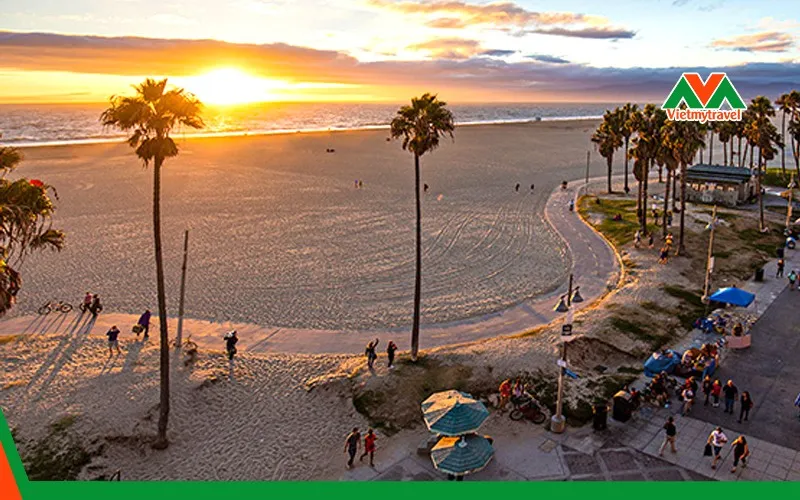
When you step into the Bradbury Building, you will feel like you have entered another world. Winding iron staircases, open corridors, and a glass ceiling create a unique and impressive architectural space. The Bradbury Building has appeared in many famous films such as “Blade Runner,” “Chinatown,” and “The Artist.”
6. Hollyhock House
Hollyhock House is a house designed by renowned architect Frank Lloyd Wright in the 1920s. With its unique architectural style and harmonious combination of interior and exterior spaces, Hollyhock House is one of Wright’s most important works in Los Angeles.
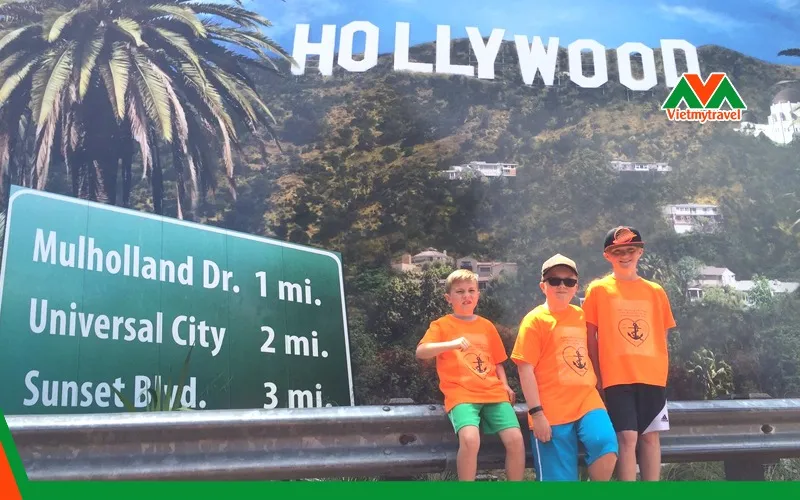
Hollyhock House was built for Aline Barnsdall, a social activist and art lover. The house bears Barnsdall’s personal imprint and reflects Wright’s interest in Californian culture. Today, Hollyhock House is a UNESCO World Heritage Site.
7. Grauman’s Chinese Theatre
Grauman’s Chinese Theatre, also known as TCL Chinese Theatre, is a famous movie palace located on the Hollywood Walk of Fame. With its distinctive Chinese-style architecture and forecourt paved with the handprints and footprints of movie stars, Grauman’s Chinese Theatre is an icon of Hollywood.
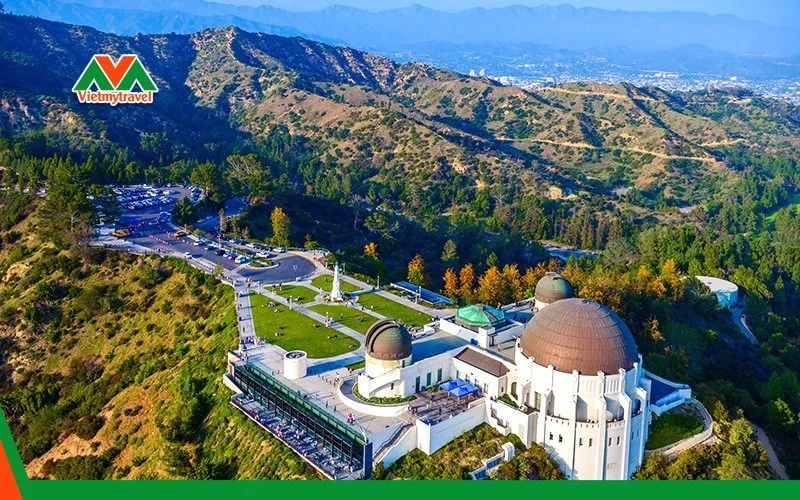
This movie theater has hosted many grand film premieres and is a meeting place for top stars from around the world. Visitors can stroll along the Hollywood Walk of Fame, look for their idols’ handprints, and take souvenir photos at one of Hollywood’s most iconic locations.
8. Olvera Street
Olvera Street is a historic street located in the El Pueblo de Los Angeles historic district. This street is a bustling marketplace where visitors can find handicrafts, souvenirs, and traditional Mexican dishes.
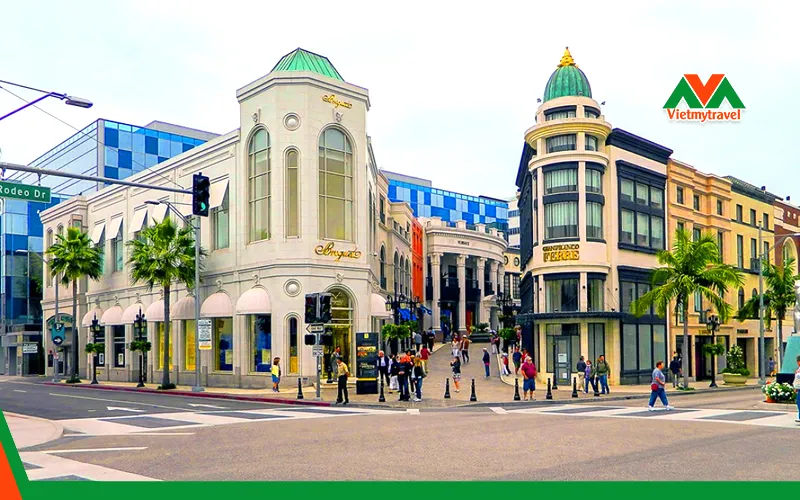
Olvera Street is a vibrant cultural space, hosting many traditional Mexican events and festivals. Visitors can immerse themselves in the lively atmosphere, enjoy traditional music and dances, and learn about the history and culture of the Mexican community in Los Angeles.
9. Rancho La Brea
Rancho La Brea is a large area encompassing La Brea Tar Pits and the Page Museum. Rancho La Brea was once a vast cattle ranch in the 19th century before becoming an important archaeological site.
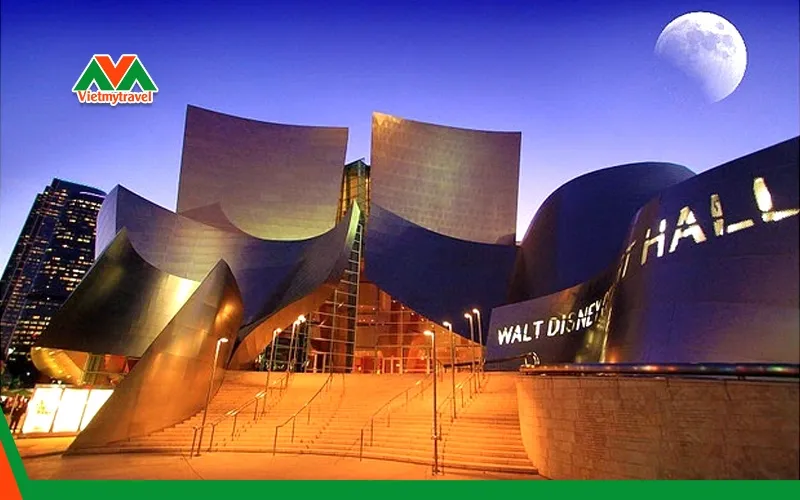
Today, Rancho La Brea is a public park where visitors can walk, sightsee, and learn about the natural and cultural history of Los Angeles. The Page Museum displays fossils found at La Brea Tar Pits, giving visitors an in-depth look at the ancient ecosystem of the area.
10. Exposition Park
Exposition Park is a large park located in central Los Angeles, home to many museums, gardens, and stadiums. This park hosted the Summer Olympics in 1932 and 1984.

At Exposition Park, visitors can explore the California Science Center, the Natural History Museum of Los Angeles County, and the California African American Museum. The park is also home to the Rose Garden, one of the most beautiful rose gardens in California.
Conclusion
Los Angeles is not only a modern and vibrant city but also a treasure trove of history and culture. The prominent historical sites in Los Angeles are testaments to the city’s formation and development, offering visitors the opportunity to explore the past and better understand the unique identity of Los Angeles. Take the time to explore these sites for a meaningful and memorable travel experience in the City of Angels.